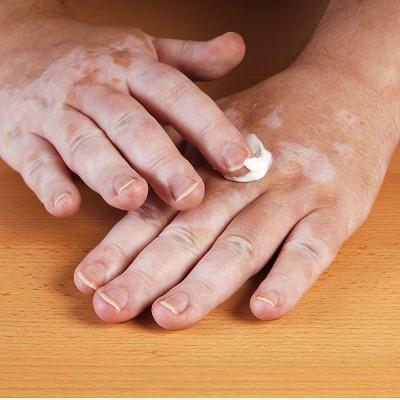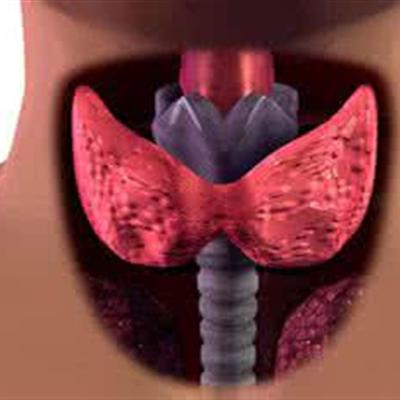Symptoms of seborrheic dermatitis in infants
summary
Seborrheic dermatitis, also known as seborrheic eczema, the etiology is not completely clear. The etiology of the disease may be related to the breeding of microorganisms, sebum overflow, climate change, lack of nutrition and drug use. Most of the skin lesions caused by this kind of dermatitis begin from the scalp and gradually spread downward. In more serious cases, it may spread all over the body. The initial symptoms are inflammatory papules around the hair follicles. With the development of the disease, yellowish brown spots can appear, the base is dark red, and greasy scab appears on the surface. Mild itching. Baby seborrheic dermatitis symptoms to share my views with you.
Symptoms of seborrheic dermatitis in infants
1. Adults and newborns are the most common groups of seborrheic dermatitis. Seborrheic dermatitis often occurs in the second to tenth weeks after birth. The scalp will be covered with greasy yellowish brown scale scab, and the base is dark red. Eyebrow arch, nasolabial sulcus and behind ear may also be involved, showing greasy small scaly red patches. It is usually relieved and cured within 3 weeks to 2 months. If it does not heal for a long time, you should go to the hospital to check whether it is psoriasis.
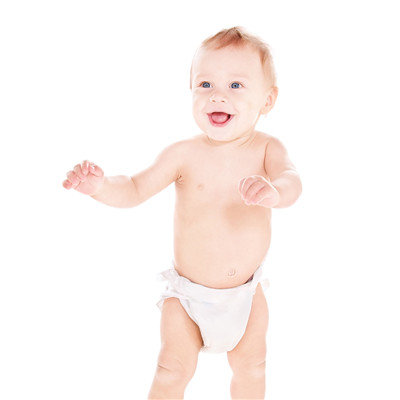
2. Neonatal seborrheic dermatitis usually has the ability of self-healing, after a period of time will heal itself. During this period, patients should wipe the affected area to reduce the breeding of bacteria. Glucocorticoid is mainly used for severe inflammatory skin lesions. It can be coated with medium or strong glucocorticoid preparations. The curative effect is good. The course of treatment is usually limited to one week and should not be too long, especially on the face. Low efficiency glucocorticoids (such as commonly used hydrocortisone) have weak effect and are suitable for infants.
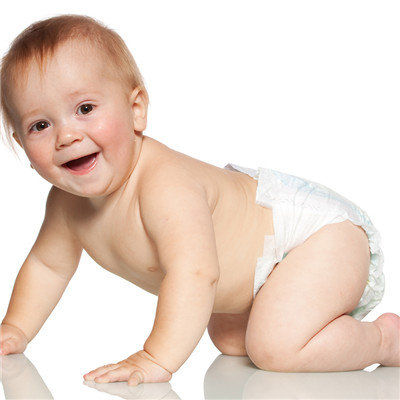
3. Due to the special age and constitution of the baby, and the baby is in the period of breast-feeding, it is not recommended to treat the baby by oral administration. However, if the long-term illness is not cured, it is recommended to go to the hospital for relevant skin examination, consult experts and doctors, and make further treatment according to the actual condition of the baby.
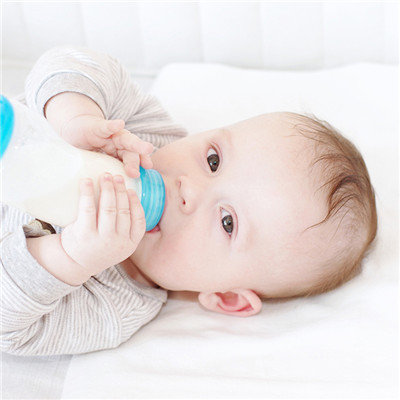
matters needing attention
In addition, pay attention to the baby's sleep and diet. At this time, adults should accompany the baby at any time, and timely find the baby's condition changes. For crying children, it should be timely to check whether the baby has discomfort, and solve it immediately. In addition, try to breastfeed.

